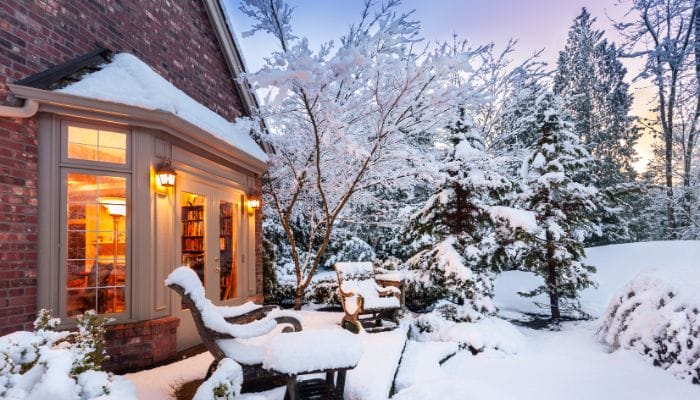Grabbing the blankets, sweaters, and a space heater sounds fine, but when the cold draft begins affecting your home’s expenses and integrity, it’s time to get to the bottom of it. It’s hard to know for sure where the cold draft is coming from because there are several options to consider. In this article, we discuss the most common reasons for cold air entering the home and how you can manage the issue.
Home’s Windows
Depending on their age, your home’s windows can be the leading cause of cold drafts in the house. If you know without a doubt that all other areas are weatherproof and insulated, consider calling your local window repair company to perform an inspection on the windows’ integrity. Windows don’t last forever, and seals, weatherstripping, and panes often lose their effectiveness after about 20 years.
Exterior Entry Doors
A home’s doors are huge culprits for drafts and air leaks. The weatherstripping near the trim and the caulking can fade and wither over time. Enhancing these features or inspecting them annually can help you seal off the frame and deter the entry of cold air.
Temperature fluctuations increase the likelihood of a natural wood door changing in size because it can swell and shrink. Therefore, investing in weatherproofing measures can help mitigate these effects. You can also add a door sweep at the bottom of the door to seal off the base.
Access Door for the Attic
The attic is the closest point to the roof and the elements, so it’s advantageous to visit the access door before extreme cold weather rolls in to confirm the weatherstripping is intact. Often, this is a leading culprit in cold drafts because people forget to check the attic and the door. But adding it to your weatherproofing checklist can eliminate these issues and help deter costly utility bills in the winter.
Fireplaces and Chimneys
The fireplace area will provide your home and family with ambiance, warmth, and cozy experiences. But usually, this area is a cause for concern with cold drafts in the house and can drastically increase overall heating usage.
Ensure the damper is functioning properly and inspect the seals near the flue. You may need to invest in a chimney balloon to help keep cold air out, but this can become problematic if you forget to remove it before starting a fire.
Switches and Outlets
Unfortunately, switches and outlets can become significant issues for homeowners because these pockets of space aren’t airtight. Usually, not every outlet is in use, and the switches fluctuate in usage, so it can be challenging to pinpoint one problem area. Consider treating them all the same and ensure each switch and outlet has adequate insulation.
Don’t let a cold draft force you to increase your layers or heating bill. Spend some time inspecting these areas of concern and call in a professional’s help. One small investment now can save you hundreds on heat.








































